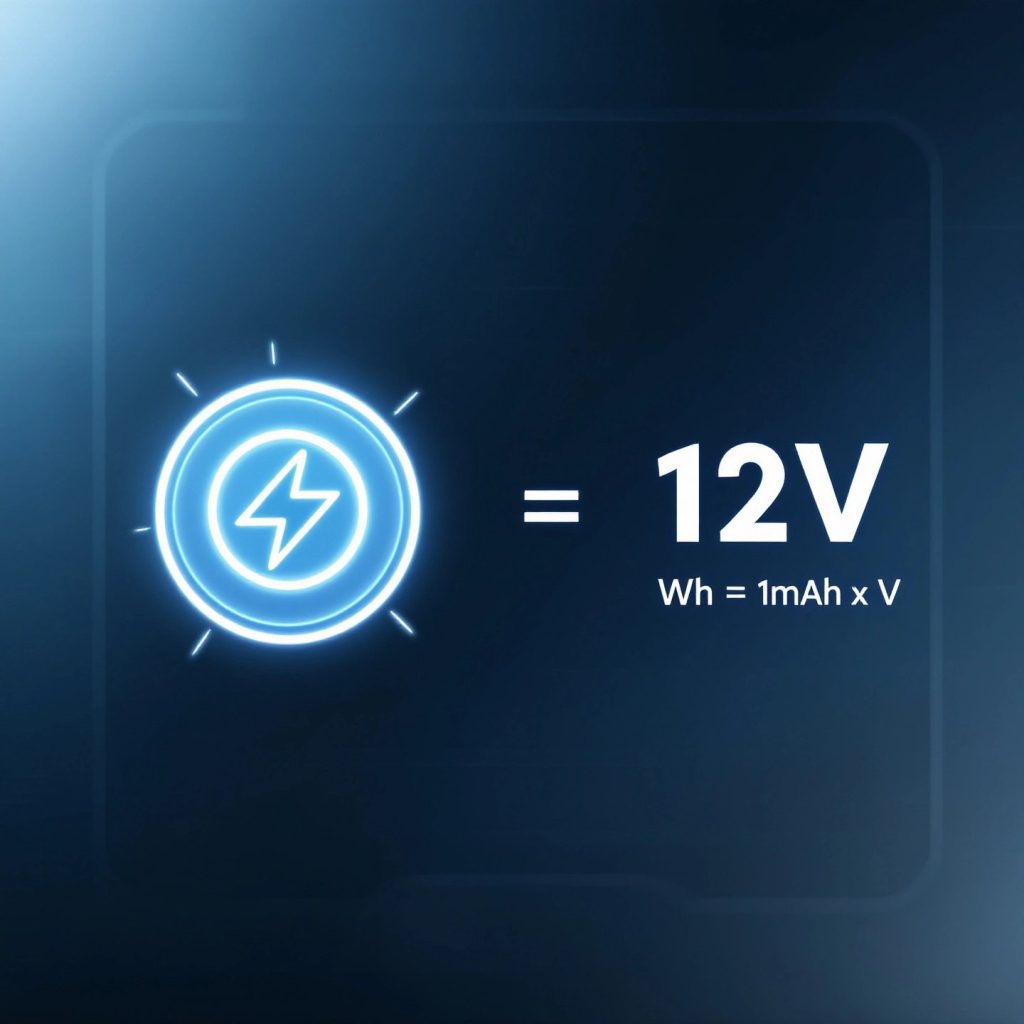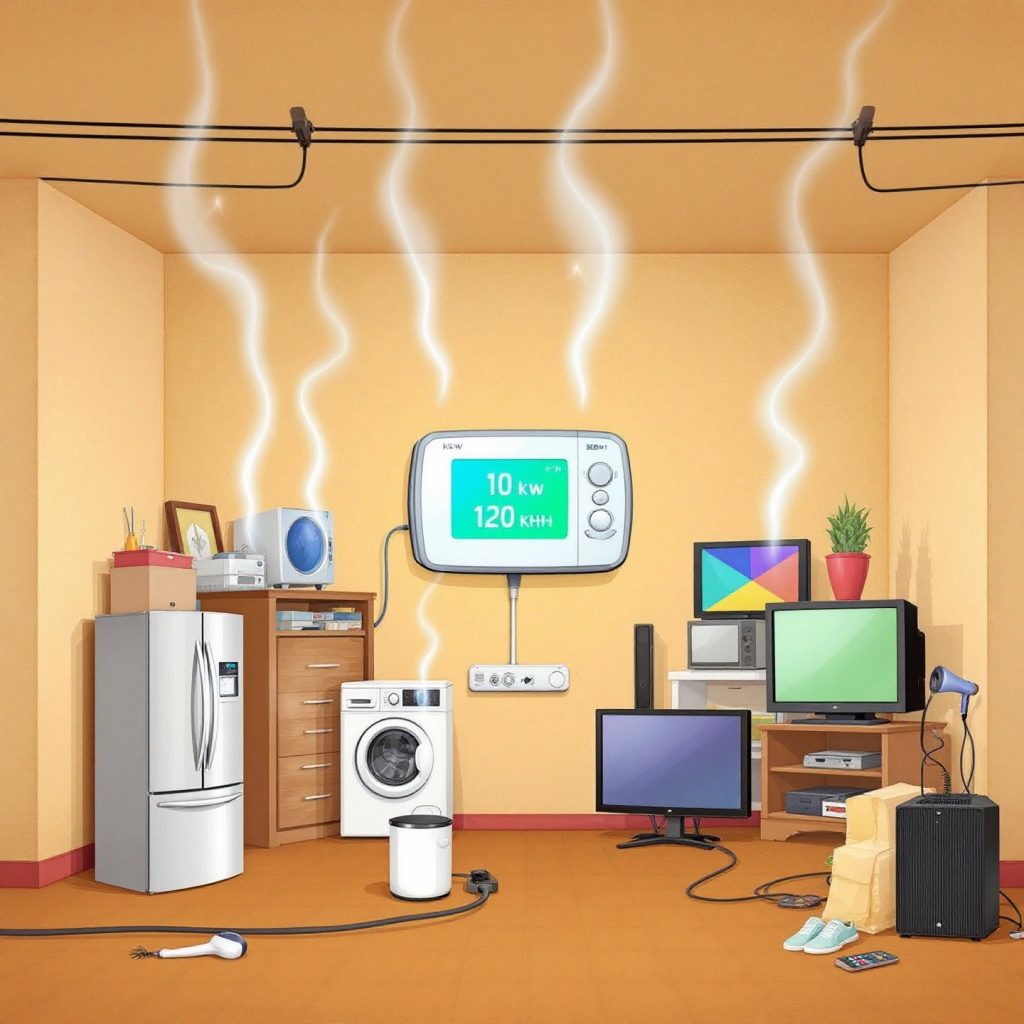Introduction to milliamp hours to watt hours
Have you ever wondered how long your smartphone will last on a single charge or why some power banks seem more efficient than others? Understanding the conversion from milliamp hours (mAh) to watt hours (Wh) is crucial for grasping battery capacity and power usage. This knowledge is essential not only for tech enthusiasts but also for anyone relying on battery-powered devices, from smartphones to electric vehicles.
At its core, the conversion of milliamp hours to watt hours involves understanding how much energy a battery can store and deliver. While milliamp hours measure the electric charge, watt hours quantify the energy delivered over time. This conversion is vital for making informed decisions about battery capacities, ensuring that your devices can meet your daily energy needs.
In this comprehensive guide, we will explore the fundamental concepts of mAh and Wh, providing you with a clear understanding of their significance. We will delve into the impact of voltage and current on these calculations, highlight common misconceptions, and discuss the role of different battery chemistries. Additionally, we will provide step-by-step methods for converting mAh to Wh and vice versa, simplifying these calculations with practical examples.
Whether you are a gadget enthusiast, a renewable energy advocate, or someone simply looking to optimize their device’s battery life, this guide will equip you with the knowledge to make smarter energy decisions. By the end of this article, you’ll have a solid grasp of how to manage and maximize your battery usage effectively.
Understanding the Basics of mAh and Wh
When it comes to measuring battery capacity and energy, two terms frequently pop up: milliamp hours (mAh) and watt hours (Wh). While they are often used interchangeably in casual conversations, they serve distinct purposes in the realm of battery energy measurement. So, what exactly do these terms mean, and why are they important?
Milliamp hours (mAh) is a unit that measures electric charge. It tells us how much electric current a battery can deliver over the course of one hour. This is particularly useful for understanding how long a battery can last on a single charge. For example, a battery rated at 3000 mAh can theoretically provide 3000 milliamps of current for one hour, 1500 milliamps for two hours, and so on.
On the other hand, watt hours (Wh) measure the total energy a battery can store and deliver. This unit combines both the electric charge and the voltage of the battery, providing a more comprehensive view of its energy capacity. Essentially, it helps in understanding how much energy is available to power a device, which is crucial for devices with varying power needs.
Key Differences: mAh vs Wh
- Measurement Focus: mAh measures electric charge, while Wh measures energy.
- Usage Context: mAh is commonly used for smaller devices like smartphones, whereas Wh is used for larger devices like laptops and power banks.
- Calculation: To convert mAh to Wh, you need to know the voltage. The formula is: Wh = (mAh × V) / 1000.
- Practical Application: mAh gives a quick idea of battery life, while Wh provides insight into total energy capacity.
Understanding these differences is crucial for making informed decisions about battery capacities. Whether you’re selecting a power bank or considering the battery life of a new gadget, knowing how to interpret mAh and Wh can guide you to the best choice for your needs. In the next section, we’ll explore how voltage and current affect these measurements, shedding light on common misunderstandings and the role of different battery chemistries.
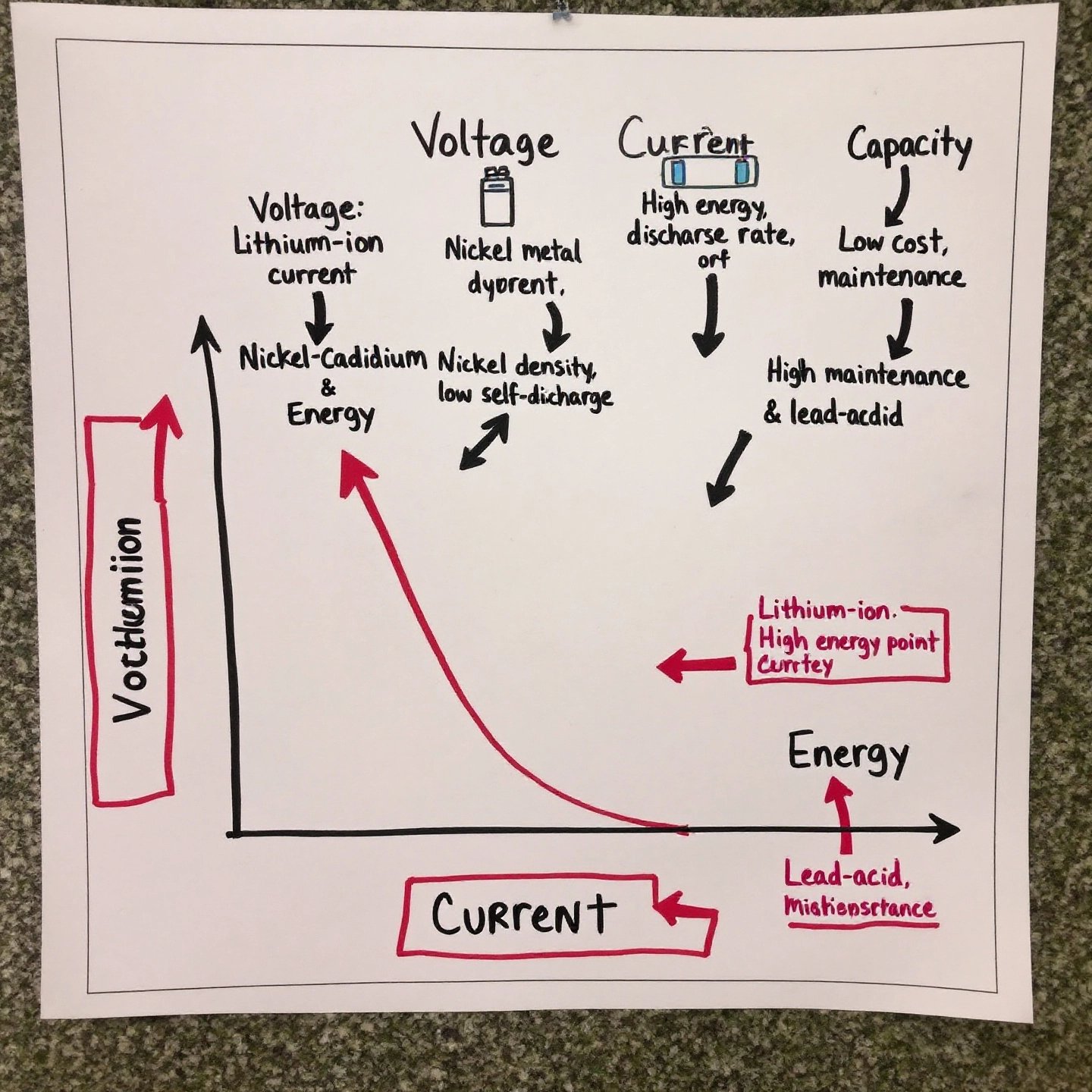
Exploring Key Differences in Electrical Ratings
When you delve into the world of batteries, understanding the impact of voltage and current on milliamp hours (mAh) and watt hours (Wh) calculations becomes essential. Sounds complex? Let’s break it down.
Voltage is the electrical potential difference between two points, and it plays a pivotal role in determining the energy output of a battery. Imagine voltage as the force pushing electrons through a circuit, while current (measured in amperes) is the flow of those electrons. Together, voltage and current define the power a battery can deliver.
Voltage and Current Impact
- Voltage’s Role: The voltage of a battery directly influences its energy capacity. Higher voltage means more energy can be stored and delivered.
- Current’s Contribution: Current indicates how fast the energy is consumed. Higher current leads to faster energy depletion, affecting battery life.
- Formula Connection: To convert mAh to Wh, the formula Wh = (mAh × V) / 1000 is used, where V is voltage.
Understanding these concepts helps in accurately calculating battery capacity and energy. However, it’s crucial to recognize that different battery chemistries can alter these calculations. Battery chemistry refers to the materials and reactions inside a battery, which determine its voltage and performance.
Battery Chemistry
- Lithium-Ion: Known for high energy density, lithium-ion batteries typically have a nominal voltage of 3.6 to 3.7 volts. They offer a balance between capacity and size, making them popular in consumer electronics.
- Lead-Acid: Often used in automotive applications, these batteries have a nominal voltage of 2 volts per cell. Their chemistry affects their weight and energy density.
- Nickel-Based: Nickel-cadmium (NiCd) and nickel-metal hydride (NiMH) batteries have lower energy densities compared to lithium-ion but are valued for their durability and cost-effectiveness, with nominal voltages around 1.2 volts per cell.
Misunderstandings often arise when consumers overlook these chemical differences, leading to incorrect assumptions about battery capabilities. For instance, a 3000 mAh lithium-ion battery will store more energy than a 3000 mAh nickel-cadmium battery due to the higher voltage of lithium-ion cells.
By grasping the nuances of voltage, current, and battery chemistry, you can make informed decisions about the batteries you use, ensuring optimal performance for your devices. In the next section, we’ll provide a step-by-step method for converting mAh to Wh, complete with practical examples to illustrate the process.
Step-by-Step Methods for Converting mAh to Wh
When it comes to understanding battery capacity and energy usage, being able to convert milliamp hours (mAh) to watt hours (Wh) is essential. This conversion offers a more comprehensive view of a battery’s energy potential, especially when comparing devices with different voltage requirements. Sounds complex? Don’t worry; we’ve broken it down into simple steps.
Understanding the mAh to Wh Formula
Before diving into the calculations, let’s clarify the formula used for converting mAh to Wh. The formula is straightforward:
Wh = (mAh × V) / 1000
In this formula, ‘V’ represents the voltage of the battery. This conversion helps you understand the total energy capacity of a battery, providing a clearer picture of how long a device can operate before needing a recharge.
Step-by-Step Conversion Process
- Identify the Battery’s mAh Rating: Locate the milliamp hours (mAh) rating on your battery. This information is typically printed on the battery itself or in the device’s specifications.
- Determine the Voltage (V): Check the battery’s voltage, which is also usually indicated on the battery or in the product manual.
- Apply the Formula: Use the formula Wh = (mAh × V) / 1000 to perform the conversion. Multiply the mAh rating by the voltage and then divide by 1000 to convert to watt hours.
Example Calculation
Imagine you have a battery rated at 2500 mAh with a voltage of 3.7 volts. Here’s how you would convert it to watt hours:
- Step 1: Identify the mAh rating: 2500 mAh
- Step 2: Determine the voltage: 3.7 V
- Step 3: Apply the formula: (2500 mAh × 3.7 V) / 1000 = 9.25 Wh
Through this calculation, you can see that the battery has a total energy capacity of 9.25 watt hours. This information is crucial for determining how long your device can run on a single charge, particularly when comparing batteries with different voltages.
By mastering this conversion, you can make informed decisions about battery purchases and device usage, ensuring you select the right battery for your needs. Next, we’ll explore how to reverse the process, converting watt hours back to milliamp hours, which is equally important for understanding battery specifications.
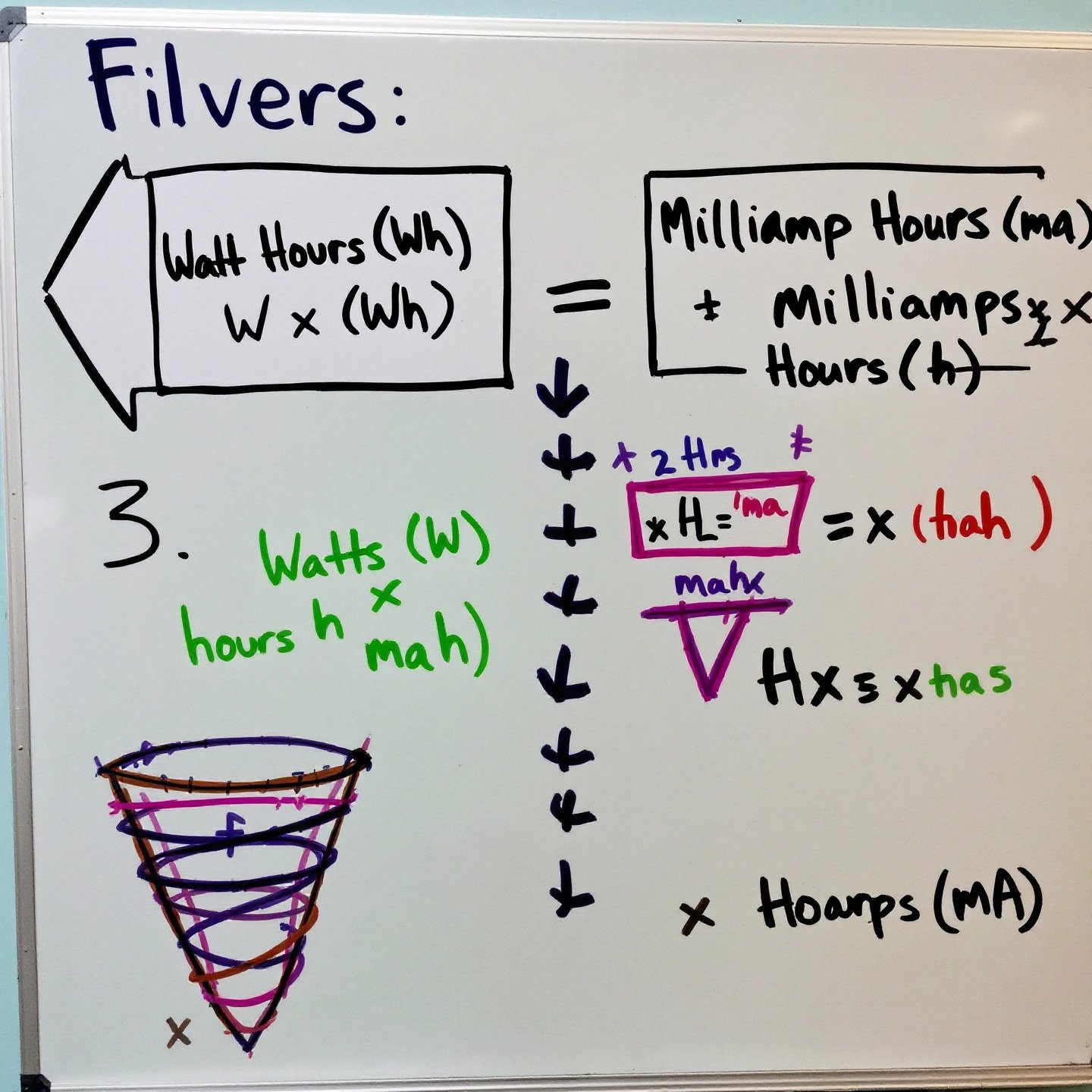
Reversing the Process for Wh to mAh
Converting watt hours (Wh) to milliamp hours (mAh) might sound daunting at first, but with a clear understanding of the process, it becomes straightforward. This conversion is crucial for assessing battery capacity when the initial information is provided in watt hours. Whether you’re evaluating a portable power station or a backup battery, understanding this conversion ensures you can gauge how long your devices will stay powered. Let’s walk through the steps.
Step-by-Step Conversion Process
- Identify the Battery’s Wh Rating: Start by finding the watt hours (Wh) rating on your battery. This is often printed on the battery itself or listed in the product specifications.
- Determine the Voltage (V): Check the voltage of the battery. This value is crucial for completing the conversion and is usually indicated on the battery label or in the device manual.
- Apply the Formula: Use the formula mAh = (Wh × 1000) / V to perform the conversion. Multiply the Wh rating by 1000 and then divide by the voltage to convert to milliamp hours.
Example Calculation
Imagine you have a battery with a capacity of 10 watt hours and a voltage of 3.7 volts. Here’s how you would convert it to milliamp hours:
- Step 1: Identify the Wh rating: 10 Wh
- Step 2: Determine the voltage: 3.7 V
- Step 3: Apply the formula: (10 Wh × 1000) / 3.7 V = 2702.7 mAh
Through this calculation, you can see that the battery has a charge capacity of approximately 2702.7 mAh. This information is invaluable for understanding the potential runtime of your devices, especially when comparing batteries with different voltage ratings.
By mastering the conversion from watt hours to milliamp hours, you gain a clearer picture of your battery’s capabilities. This knowledge empowers you to make informed decisions about battery purchases and device usage, ensuring you select the right battery for your needs. In the following sections, we will explore tools and calculators that can further simplify these conversions, making your energy management even more efficient.
Simplifying Calculations with Dedicated Tools
Have you ever found yourself tangled in the complexities of converting milliamp hours (mAh) to watt hours (Wh)? Fear not, as modern technology offers a range of tools and apps to simplify these calculations, ensuring accuracy and efficiency in your energy management tasks. Imagine having a reliable assistant that performs these conversions in seconds, freeing you from manual calculations and potential errors.
One of the most effective ways to handle these conversions is by using a milliamp hours to watt hours calculator. These calculators are designed to quickly convert mAh to Wh by simply inputting the battery’s mAh rating and voltage. The formula Wh = (mAh × V) / 1000 is embedded within these tools, allowing for instant results with minimal effort.
Benefits of Using Conversion Tools
- Accuracy: Calculators eliminate the risk of human error, ensuring precise conversions every time.
- Time-Saving: By automating the process, these tools save valuable time, especially when dealing with multiple batteries or devices.
- User-Friendly: Most calculators feature intuitive interfaces, making them accessible even to those with limited technical knowledge.
- Accessibility: Many tools are available online for free, making them easily accessible from any device with internet connectivity.
In addition to calculators, various mobile apps offer on-the-go solutions for energy conversions. These apps often include additional features, such as tracking battery usage and providing energy-saving tips, further enhancing their utility.
For those seeking sustainable energy solutions, consider exploring Renewable Energy Nexus. Their solar panels are designed to optimize energy efficiency, reducing carbon footprints while powering a wide range of devices. By integrating solar technology with efficient energy management, you can ensure a cleaner, more sustainable power source for your battery-powered devices.
By leveraging these tools and solutions, you can simplify the process of managing battery energy, making informed decisions about your power needs. In the next section, we’ll explore how these conversions apply to common battery capacities, influencing your purchasing decisions for devices like power banks.
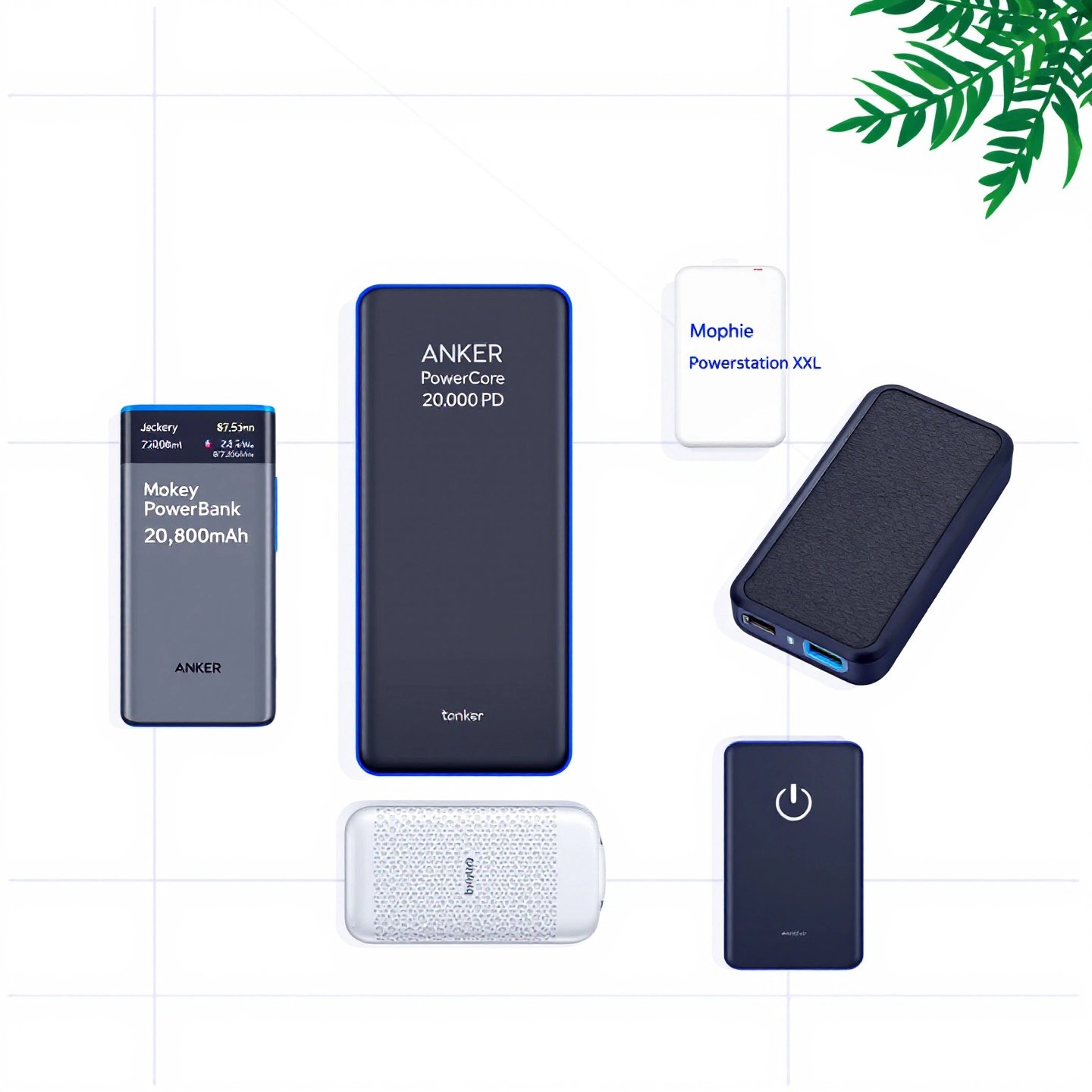
Applying Conversions to Common Battery Capacities
When you’re choosing a power bank or any battery-powered device, understanding how to convert milliamp hours (mAh) to watt hours (Wh) is crucial. This knowledge not only helps you gauge how long a device can last but also informs your buying decisions. Imagine you’re comparing two power banks: one with a capacity of 10000 mAh and another with 20000 mAh. How do you determine which one offers better value?
Real-Life Examples of Battery Capacity Conversion
Let’s take a closer look at how these conversions work in practice. Consider a 20000 mAh power bank with a voltage of 3.7 volts, a common voltage for lithium-ion batteries. Using the formula Wh = (mAh × V) / 1000, we can convert this to watt hours:
- Step 1: Identify the mAh rating: 20000 mAh
- Step 2: Determine the voltage: 3.7 V
- Step 3: Apply the formula: (20000 mAh × 3.7 V) / 1000 = 74 Wh
With this calculation, the power bank has a capacity of 74 watt hours. This information is vital when comparing it to other devices or power banks, especially if they operate at different voltages.
Influence on Buying Decisions
Understanding these conversions can significantly impact your purchasing decisions. For example, if you’re choosing a power bank for a long trip, knowing that a 20000 mAh power bank can provide approximately 74 watt hours of energy helps you assess whether it can meet your needs. This is particularly important when considering devices like laptops or tablets, which may require more power than a smartphone.
Furthermore, the size and weight of high-capacity power banks can influence your choice. A 20000 mAh power bank, while offering more charges, may be bulkier and less portable than a 10000 mAh model. Balancing capacity with portability is key, especially if you need to carry the power bank in a pocket or small bag.
For those interested in sustainable energy solutions, Renewable Energy Nexus offers solar panels that can charge these power banks, providing a clean and efficient energy source. By integrating solar technology, you can ensure your devices remain powered even in remote locations.
By applying these conversion techniques and considering your specific needs, you can make informed decisions about which battery capacities best suit your lifestyle. In the next section, we will explore common pitfalls in conversions and how to avoid them, ensuring you achieve accurate and efficient energy management.
Avoiding Pitfalls with Real-World Examples
Converting milliamp hours (mAh) to watt hours (Wh) and vice versa is a straightforward process, but common mistakes can lead to inaccurate results and misunderstandings. These errors might seem trivial, but they can significantly impact the performance and efficiency of your devices. Let’s explore some typical conversion mistakes and how to ensure accurate mAh to Wh calculations.
Common Conversion Mistakes
- Ignoring Voltage: One of the most frequent errors is neglecting the battery’s voltage during conversion. Remember, the formula Wh = (mAh × V) / 1000 requires the voltage (V) for accuracy. Overlooking this can lead to incorrect energy capacity readings.
- Assuming Uniform Voltage: Assuming all batteries have the same voltage can lead to miscalculations. Different devices and batteries operate at different voltages, and using the wrong voltage value skews results.
- Misinterpreting Units: Confusing milliamp hours with amp hours (Ah) or other units can cause significant errors. Ensure you’re using the correct unit for each calculation.
Do’s and Don’ts for Accurate Conversions
- Do Verify Voltage: Always check the voltage rating of the battery before performing any conversion. This information is typically available on the battery label or in the product specifications.
- Do Use Reliable Tools: Utilize dedicated calculators or conversion tools to minimize human error and ensure precise results. These tools are especially useful when dealing with multiple batteries or devices.
- Don’t Overlook Manufacturer Guidelines: Manufacturer specifications often provide critical details about battery ratings and recommended usage. Ignoring these can lead to incorrect assumptions and conversions.
- Don’t Generalize Across Devices: Understand that different devices may have varying power requirements. A conversion that works for one device may not apply to another due to differences in voltage and energy consumption.
By adhering to these do’s and don’ts, you can avoid common conversion mistakes and ensure accurate energy measurements. This not only enhances the performance of your devices but also extends their lifespan by preventing overuse and inefficiency. In the next section, we will summarize best practices for precise measurements and highlight the importance of checking device voltage and manufacturer guidelines.
Ensuring Accuracy and Efficiency in Every Conversion
When you’re managing energy conversions, precision is key. Accurate energy measurement is not just about applying formulas correctly; it involves understanding the nuances of each component involved in the conversion process. Imagine you’re planning a camping trip and relying on a power bank to keep your devices charged. If your calculations are off, you might find yourself without power at a critical moment. So, how do you ensure every conversion is spot on?
Best Practices for Accurate Measurements
- Verify Voltage: Always double-check the voltage of your device or battery before starting any conversion. This step is crucial because voltage variations can significantly impact the conversion outcome. Refer to the device’s manual or the battery label for the correct voltage information.
- Use the Correct Formula: Remember, the standard formula for converting milliamp hours to watt hours is Wh = (mAh × V) / 1000. Ensure that you apply this formula correctly, taking into account the specific voltage of your device.
- Consult Manufacturer Guidelines: Manufacturer guidelines often provide essential information, including recommended voltage and energy ratings. Following these guidelines helps prevent errors and ensures the longevity of your devices.
- Leverage Technology: Utilize conversion calculators and apps to streamline the process. These tools are designed to enhance accuracy and efficiency, reducing the likelihood of human error.
Importance of Checking Device Voltage
Voltage is a critical factor in energy conversions. Devices often have specific voltage requirements that must be met to function correctly. Failing to account for these requirements can lead to inaccurate conversions and potential damage to your devices. For example, using a higher voltage than recommended can overheat the device, while a lower voltage might not provide sufficient power.
By consistently checking device voltage and adhering to manufacturer recommendations, you ensure that your energy conversions are both accurate and efficient. This practice not only enhances device performance but also extends their lifespan by preventing misuse and inefficiency.
In the next section, we’ll conclude our guide by recapping the importance of accurate conversions and encouraging you to apply these steps in your energy management practices. Stay tuned for insights on sustainable energy solutions and how they can further optimize your power usage.
Conclusion
In the journey of understanding battery capacity and energy measurement, mastering the conversion from milliamp hours to watt hours is a crucial step. This guide has provided you with the tools and knowledge necessary to perform these conversions accurately, ensuring that your devices operate efficiently and reliably. By applying the methods and best practices discussed, you can make informed decisions about your energy needs, whether you’re selecting a new device or optimizing the use of existing ones.
Accurate conversions are not just about numbers—they’re about ensuring the longevity and performance of your devices. By consistently verifying voltage, using the correct formulas, and consulting manufacturer guidelines, you can avoid the pitfalls of incorrect energy measurements. This precision not only enhances device performance but also contributes to a more sustainable energy usage by preventing unnecessary waste.
Moreover, considering sustainable energy solutions can further optimize your power management. Platforms like Renewable Energy Nexus offer a range of solar panel products that can integrate seamlessly with your energy needs. These solutions not only reduce carbon footprints but also provide a reliable and renewable power source for your devices, aligning with a cleaner, greener future.
As you move forward, remember that every accurate conversion contributes to better energy management and a more sustainable lifestyle. By embracing both precision in conversions and the adoption of renewable energy solutions, you can ensure that your energy usage is efficient, effective, and environmentally friendly.
FAQs on Converting Milliamp Hours to Watt Hours
1. How do you convert milliamp hours to watt hours?
To convert milliamp hours (mAh) to watt hours (Wh), use the formula: Wh = (mAh × V) / 1000, where V is the voltage of the battery. This helps in determining the total energy capacity of a battery.
2. Why is it important to understand mAh and Wh?
Understanding mAh and Wh is crucial for assessing battery capacity and energy usage. It enables informed decisions about device power needs and battery life, ensuring optimal performance.
3. What role does voltage play in battery calculations?
Voltage affects the energy capacity of a battery. It determines the energy output, influencing both mAh and Wh calculations. Different devices require specific voltages for optimal performance.
4. Can conversion tools help with mAh to Wh calculations?
Yes, conversion tools and calculators simplify the process by automating the calculations, ensuring accuracy and saving time. They are especially useful for those managing multiple devices.
5. How does battery chemistry affect energy calculations?
Battery chemistry impacts voltage and energy density. Different chemistries, like lithium-ion or nickel-based, have distinct properties affecting how energy is stored and delivered.

